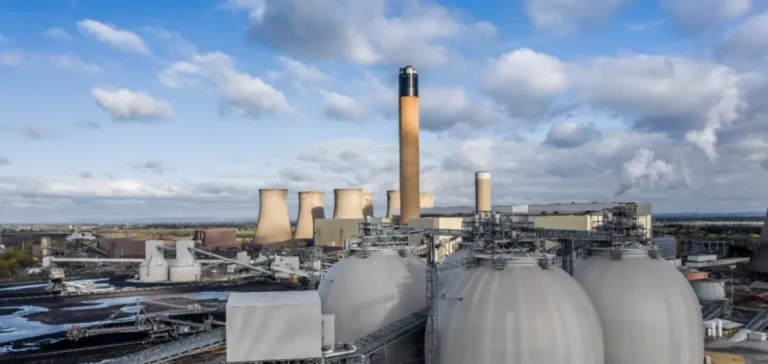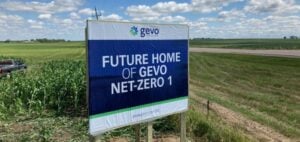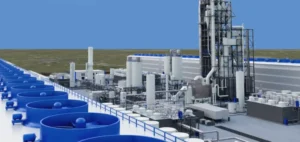Drax’s biomass power generation site remains, for the tenth consecutive year, the single largest source of carbon emissions in the United Kingdom, according to analysis published by think tank Ember. Emissions generated by the plant reached 13.3mn tonnes of carbon dioxide (CO2) for 2024, a 16% increase compared to the previous year. This emissions volume now exceeds that of the next four largest industrial sites combined, as well as that of the country’s top six gas-fired power plants.
Biomass subsidies and imports
Despite the increase in its emissions, Drax Group plc received around £2mn ($2.6mn) in public subsidies per day in 2024, equivalent to £10 ($13) per British household. The majority of the fuel used is imported, with 7.6mn tonnes of wood burned, 99% of which was imported according to Ember. Recent investigations have shown that some shipments originated from old-growth forests. Subsidies for biomass are expected to be halved from 2027 onwards, but Drax is projected to remain the country’s leading emitter at least until 2030, according to Ember.
Emitter ranking and industrial closures
Drax is ahead of Port Talbot Steelworks, the main coal-based steel site, which ceased operations in September 2024 but remains in second place due to emissions in the early part of the year. Pembroke gas-fired power station ranks third. For the first time in several decades, no coal power station is among the 25 largest emitters in the country, with the closure of Ratcliffe-on-Soar marking the end of this industry in 2023.
Ranking composition and sector developments
Gas-fired power stations account for over half of the top 25 emitter sites, even as gas-based production has reached its lowest level in 25 years, at 84 terawatt hours (TWh), representing 30% of total national production. This development results from increased imports and record wind and solar output. Energy-intensive industries such as steel, cement, and refining continue to feature in the ranking, highlighting the need for greater electrification of the industrial sector, a topic set out in the UK’s new industrial strategy.
Frankie Mayo, Senior Energy and Climate Analyst at Ember, stated: “Decarbonising heavy industry requires lower electricity prices and faster grid connections to accelerate a new wave of electrification” (Ember reported on July 17).






















